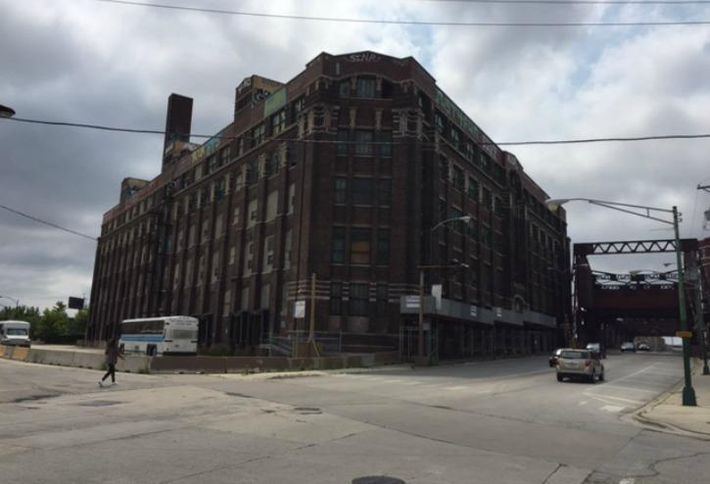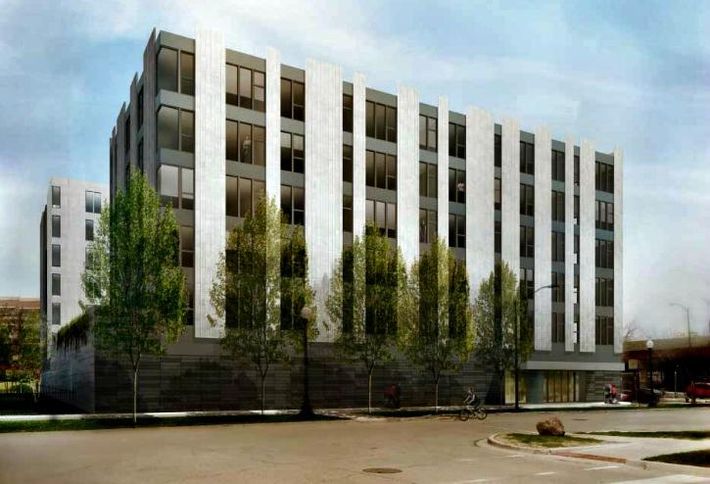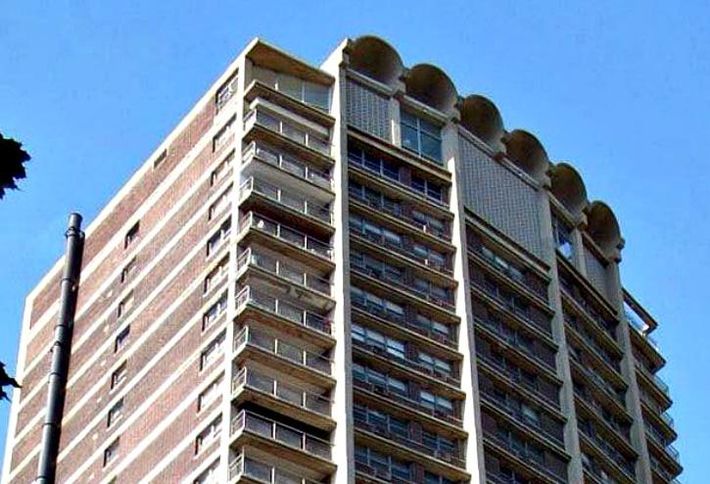08.28.17
Bisnow: The Effects Of Major Developments On Neighboring Submarkets

Momentum begets momentum, and Chicago’s real estate market is teeming with momentum. Fulton Market’s eastern half is now a seller’s market while developers are chasing opportunities in the western half. The zoning changes to the North Branch Corridor may be the most transformative in decades. And large sites like Union Station and Michael Reese Hospital have master developers that will drive major change. Is that momentum carrying over into neighboring submarkets? It depends on which submarket.
Kiser Group Director Michael D’Agostino said interest is growing in Pilsen, a market that reminds him of Wicker Park in the mid- to late 1990s. With the South Loop to the east, the Illinois Medical District to the west and a growing foundation of art galleries, restaurants and nightlife options, Pilsen is on the radars of developers and investors as a budding submarket, but neighborhood groups and Ald. Danny Solis (25th) are careful to control the pace of development. Very little new construction has been approved in Pilsen, and the projects that have been greenlighted are seeing significant pushback. D’Agostino sees value-add as the dominant play in Pilsen. Rehabbing older buildings is popular, especially as investor interest moves east along 18th Street. But the rehabbing trend may be a bigger threat to the community groups fighting to preserve affordable housing than the new developments. D’Agostino said a buyer can grab a couple of buildings at a time, rehab the apartments and rent them at market rates. Losing five or six apartments at a steady pace to market rents is exactly what happened to Wicker Park 20 years ago.

Property Markets Group principal Noah Gottlieb has firsthand experience dealing with the community groups in Pilsen. PMG’s most recent proposal to build ParkWorks on an eight-acre site bordered by 16th and 18th streets, Peoria Street and Newberry Avenue, was met with stiff resistance from the Pilsen Land Use Committee and Solis. But Gottlieb remains confident in Pilsen and neighboring University Village. Gottlieb said the growth of food and beverage culture and the changes to Chicago’s TOD ordinance provided a framework in which developers can deliver new product to the marketplace. South Side markets like Pilsen and University Village were overlooked by developers focused on finding opportunities on the North Side.
Property Markets Group principal Noah Gottlieb has firsthand experience dealing with the community groups in Pilsen. PMG’s most recent proposal to build ParkWorks on an eight-acre site bordered by 16th and 18th streets, Peoria Street and Newberry Avenue, was met with stiff resistance from the Pilsen Land Use Committee and Solis. But Gottlieb remains confident in Pilsen and neighboring University Village.
Gottlieb said the growth of food and beverage culture and the changes to Chicago’s TOD ordinance provided a framework in which developers can deliver new product to the marketplace. South Side markets like Pilsen and University Village were overlooked by developers focused on finding opportunities on the North Side.

Gottlieb believes the growth at the University of Illinois Chicago will be a boon for developers in University Village and Pilsen. UIC’s engineering school grew from 2,500 students in 2005 to 4,500 students today, and the University of Illinois’ board of trustees approved a massive expansion of its computer science department, including a $34M, 50K SF lab and office building that will be UIC’s first new academic building on campus since 1991. This will mean more students in University Village, which Gottlieb said is an oasis within the urban environment with a unique living situation, compared to other markets.

D’Agostino cut his real estate teeth in Lincoln Park, which had serious investor interest years ago due to the rise of retail development along the Clybourn Corridor. But it is too early to tell if the zoning changes in the upper North Branch Corridor will result in an uptick in activity in neighboring Lincoln Park. There has been a scarcity of deals in the submarket in recent years, and the transactions that are happening are off-market deals at higher sales prices than what many believe the market merits, involving a handful of buyers who can make those numbers work.
D’Agostino has been very active in Lakeview, which he considers a core market even though there are not many new projects in the construction pipeline, compared to more active markets like River North. Lakeview, like Lincoln Park, has a limited number of available properties, and the ones that are on the market are trading at prices that have industry experts scratching their heads.

Draper and Kramer Bel Harbour Condos One growing trend in Lakeview is the disappearance of individual landlords. A handful of larger property owners are acquiring vintage apartment buildings and condo buildings for deconversions, in an attempt to corner the market and dictate long-term returns and rent spreads.
To hear more from Gottlieb, D’Agostino and other experts, attend Bisnow’s ninth annual Chicago State of the Market event, Sept. 13 at Monroe Plaza, 200 West Monroe.
